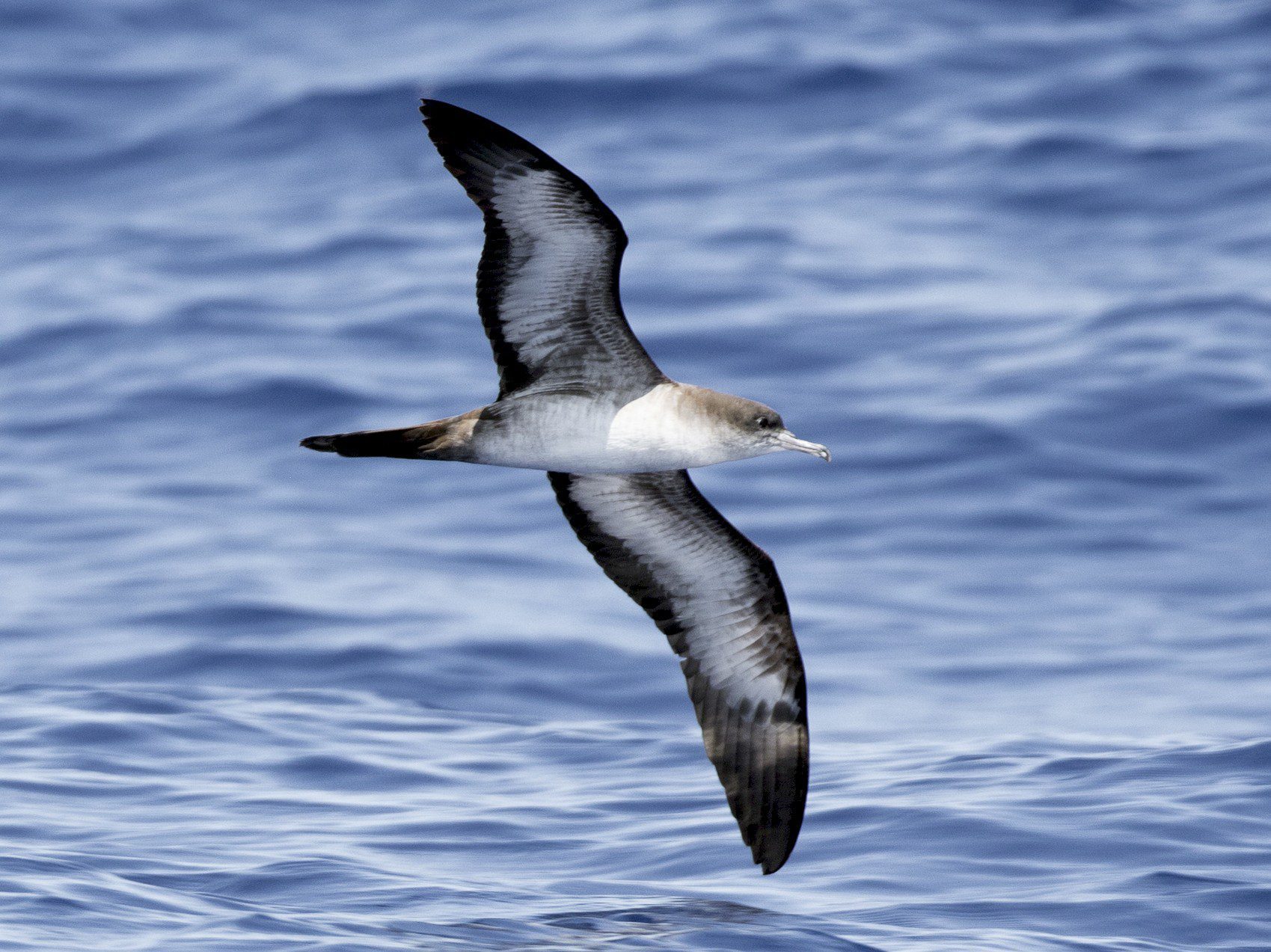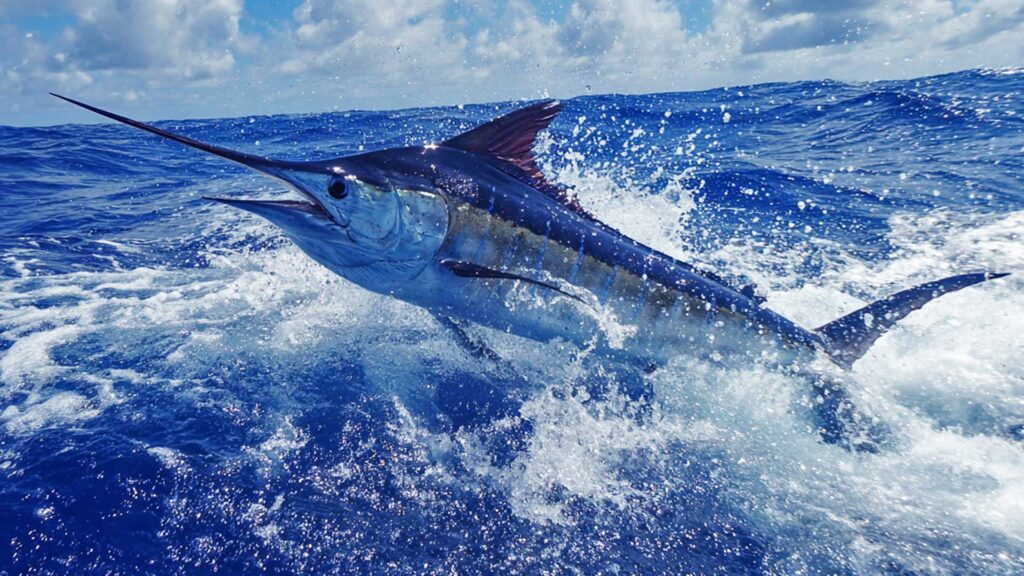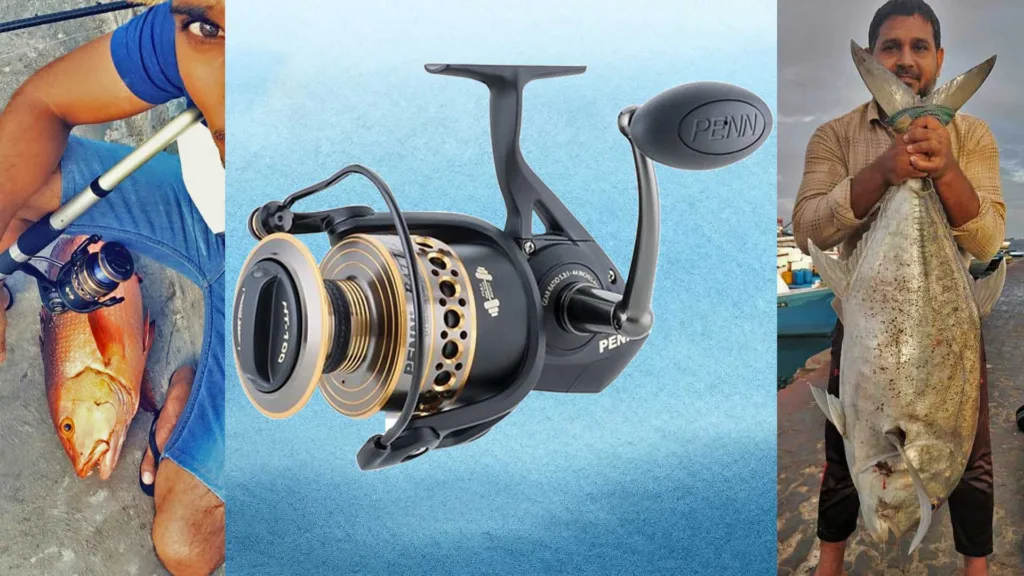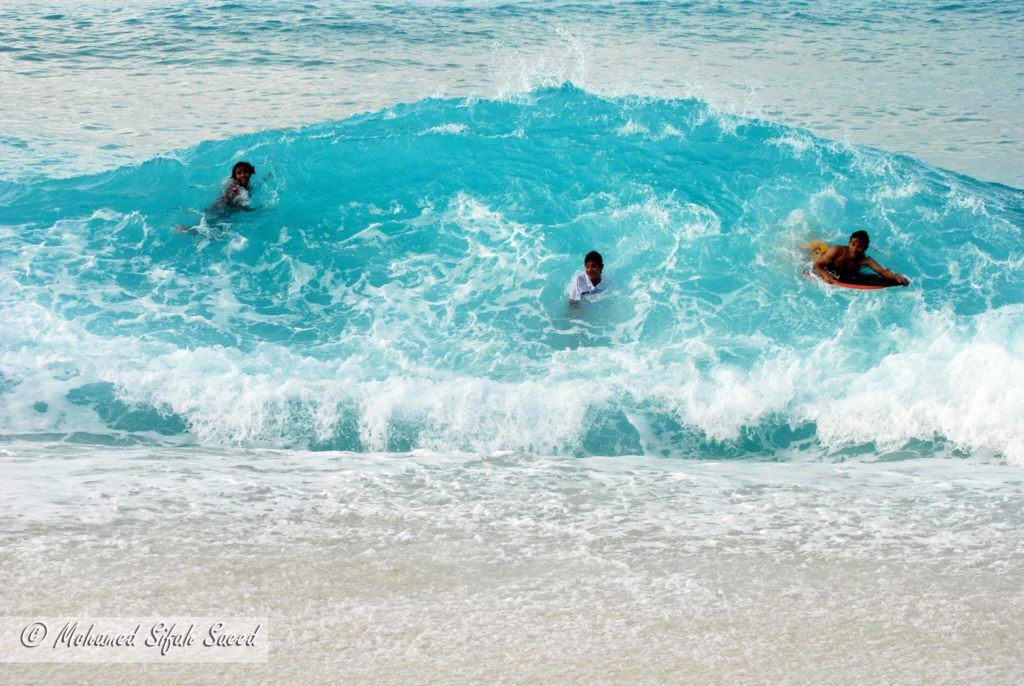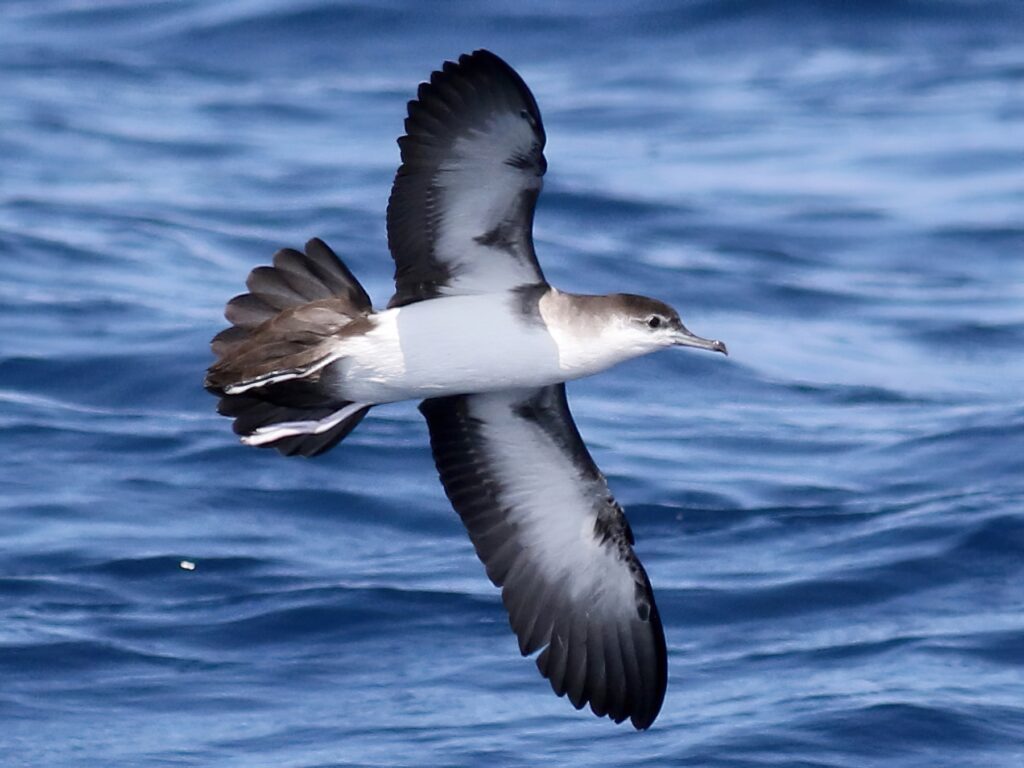
“Mom, what’s that sound? It’s scary.” In the dim light of kerosene lamps, I remember asking my mom about the sound or calls I heard almost every night. My mom clarified that it was shearwater bird (hoagolhaa in our dialect). The wailing and hooting calls of the bird were heard coming from a coconut tree near my household area. It was in the mid-80s.
According to people, it is a strange bird of the night. Some people said hoagolhaa is a large bird that come from the sea. This was the information that we had at that time.
The bird’s wailing calls are often heard at night. When I searched for information about this bird, it emerged that a piercing cry usually is given when they rest in groups on water. The calls of flesh-footed shearwaters resemble cats fighting, with loud wailing and moaning. Their haunting calls help them communicate in social interactions.
I have not seen a hoagolha while I was living in my island (till 1987). According to people the bird is unusual and “not good-looking.” And it’s weird and uncanny and as a result, strange feelings encompassed my mind.
But most of the stories or information that we heard about this bird is not true. Most are myths. I tried to gather information about this bird and was able to get some fascinating information. These birds are called shearwaters. They are medium-sized long-winged seabirds. There are more than 30 species of shearwaters.
In Maldives normally four main types of these birds are found. They are: Streaked Shearwater (Hoagulha), Audubon’s Shearwater (Dhivehi Hoagulha), Wedged-tailed Shearwater (Bodu Hoagulhaa), and Flash-footed Shearwater (Maa Hoagulhaa). Wedged-tailed Shearwater is the largest of these species.
These birds feed on fish and squid. They catch fish on the surface and also dive into water to catch fish. Shearwaters are divers. They dive to a depth of around 60m. Most seabirds dive in the water between 1 and 5 meters deep. Shearwaters are, however, competent divers. While diving, they propel themselves using their feet and wings. When they dive through the water, they also eat small bait or food and look for more while they eat.
According to a 1998 study done by the New Zealand Department of Conservation, shearwaters dive to depths of 40-60 m, with some birds diving as deep as 93 m (Taylor 2008).
An interesting behavior of these birds is that they follow fishing boats for scraps. They also follow whales. These gregarious species can be seen in large numbers. Its head, tail and wings are brown. The underparts are white. Great Shearwaters are known to make one of the longest migrations each year, traveling more than 11,000 miles (Smrcina, 2020).
A paper in the journal Conservation Science and Practice from the Society for Conservation Biology, a sanctuary science team led by post-doctoral researcher Tammy Silva, analyzed six years of data related to great shearwater sighting locations. The results showed that shearwaters, as well as humpback whales, consistently co-occur in areas with sand lance.
